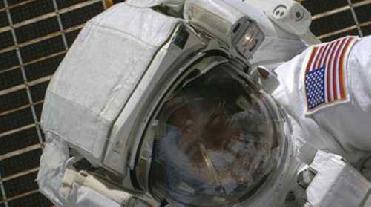
The new arrays double the electricity available for science operations. NASA photo
WASHINGTON (BNS): After a delay of several weeks, the International Space Station has finally got its final pair of solar panels stretching 240 feet tip to tip after a lessons-learned flawless deploy earlier on Friday. NASA said that the space station now has nearly an acre’s worth of US arrays producing 120 KW of usable electricity, doubling the amount available for science operations to 30 KW.
It was an early Friday morning surprise for the ISS crew, the protective blanket box latches were released and the arrays were deployed slightly to prepare for the deploys that began one wing at a time just after 10 am. “The two-stage extension took just under an hour for each and was completed at 12:17 pm when the second array was unfurled to its full length of 115 feet, NASA said.
The space agency said that four pair of arrays was attached to the station in December 2000, September 2006, June 2007 and March 2009 bringing the total surface area to 38,400 square feet, or .9 acre. (1 acre = 43,500 sq ft)
NASA said that the crew was attentive and watching for any problems from various windows and via several camera views. The arrays were deployed by the book on the strength of engineering procedures refined after problems with deploy and retraction occurred on previous arrays due to a phenomenon known as ‘stiction,’ which simply means the accordion-like solar cells stick together until warmed properly, NASA said.
The premier space agency said that after solar arrays deployment, Expedition 18 Commander Mike Fincke and STS-119 Mission Specialist Sandy Magnus turned their focus on the replacement of a failed distillation unit which is part of the elaborate water purification and recycling system on the station. The failed unit will be returned aboard Discovery for analysis after the shuttle mission ends, NASA said.
Mission Specialists Steve Swanson and Joseph Acaba will prepare the Quest airlock for the spacewalk set to begin just before noon on Saturday, NASA said, adding that the spacewalk will focus on preparing worksites for future missions, including Endeavour’s STS-127 mission and the arrival of the newest cargo vehicle, the Japanese H-II Transfer Vehicle (HTV).
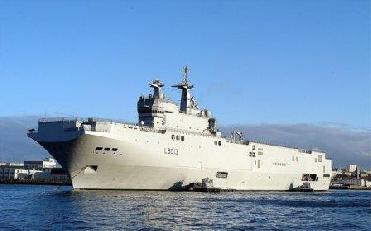
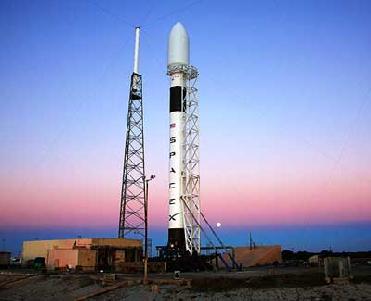
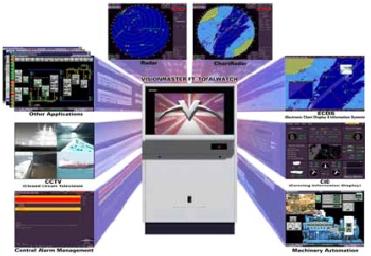
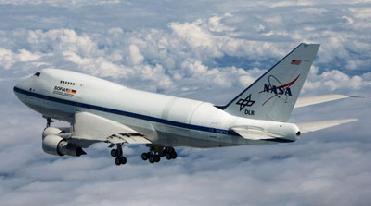










The Indian Air Force, in its flight trials evaluation report submitted before the Defence Ministry l..
view articleAn insight into the Medium Multi-Role Combat Aircraft competition...
view articleSky enthusiasts can now spot the International Space Station (ISS) commanded by Indian-American astr..
view article